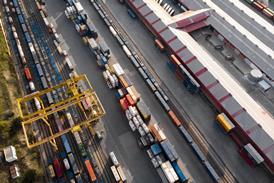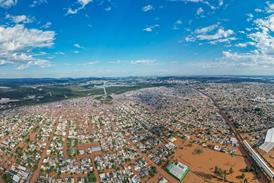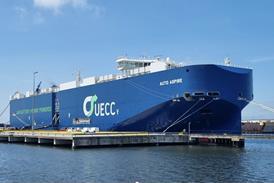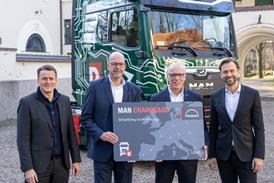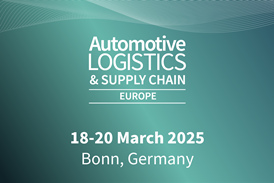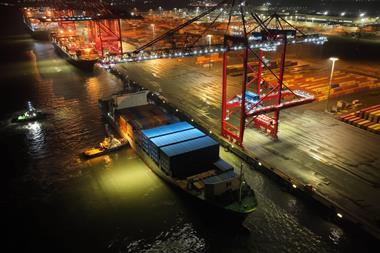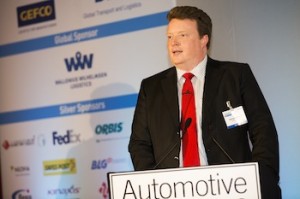 General Motors European division, Opel/Vauxhall, has intensified its efforts at planning supply chain flows and logistics in an effort to improve ‘total enterprise cost’, including more focus on localisation, stable flows and new information technology.
General Motors European division, Opel/Vauxhall, has intensified its efforts at planning supply chain flows and logistics in an effort to improve ‘total enterprise cost’, including more focus on localisation, stable flows and new information technology.
Speaking at the Automotive Logistics Europe conference in Bonn, Marzell Bandur (pictured left), director of supply chain planning at Opel, called for intensive planning for smoother supply chains. He discussed the need to consider supply chain costs and operations starting from vehicle development, including packaging requirements, supply breakpoints and long-distance transport and inventory costs.
"For example, we are transporting more parts, bigger parts, over longer distances," he told delegates. "With carbon dioxide emissions taxes, as well as road toll prices, it means that whereas before the costs involved along the supply chain were negligible, now they're much higher."
This, he said, caused for increased planning across the group's day-to-day operations, where supplier relocation and double tooling for certain components have become increasingly common. “We’ve been trying to improve total enterprise cost at GM for the last decade, but there has been a big change in mindset over the past three years,” he added.
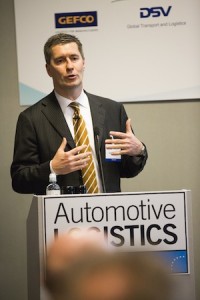
“Normally these processes are done sequentially, so there is a time lag between when there might be a change in orders or material availability, and what the reaction would be for logistics or otherwise,” said Graffe. “We have now aligned our teams and integrated the process. It helping us to create more buildable schedules and maintain a more stable production.”
Bandur also pointed to new technologies and data transmission systems that can provide greater transparency and cost visibility for suppliers. Pick-up sheets and transport documentation are part of most pre-receiving processes, but are currently paper intensive and somewhat "bureaucratic", he said. He revealed that Opel was considering an electronic version using smartphones and tablets.
“We have all this new technology, and we have to ask ourselves how we can develop it further to make life easier in the supply chain?” concluded Bandur.
Reporting also by Christopher Ludwig









